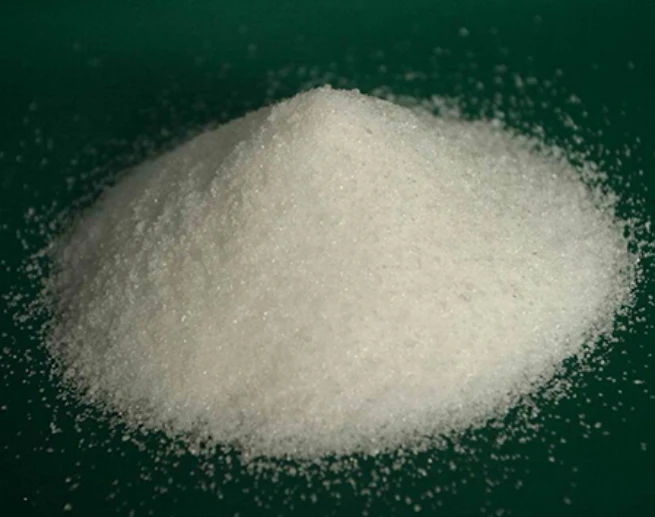Investigation of the Properties and Applications of Partially Hydrolyzed Polyacrylamide in Various Industries
Understanding Partially Hydrolyzed Polyacrylamide Versatile Applications and Properties
Partially hydrolyzed polyacrylamide (PHPA) is a water-soluble polymer that has gained popularity in various industries due to its unique properties and versatile applications. It is a derivative of polyacrylamide, produced through the hydrolysis of polyacrylamide, resulting in a partially hydrolyzed structure that retains various desirable characteristics. The molecular weight of PHPA can vary, influencing its behavior in different environments.
Chemical Structure and Properties
The chemical structure of PHPA consists of acrylamide monomers, where a portion has undergone hydrolysis to convert some of the amide groups into carboxylic groups. This modification enhances the polymer's hydrophilicity and alters its charge characteristics, making it particularly effective in applications requiring flocculation, thickening, and stabilization. The degree of hydrolysis determines the polymer's charge density, which affects its interaction with other substances, making it particularly useful in water treatment processes.
PHPA is known for its high viscosity and excellent solubility in water, which allows it to function as an efficient viscosifier. Its shear-thinning behavior, where viscosity decreases under shear stress, makes it easier to apply in various formulations. The stability and performance of PHPA in diverse environmental conditions further extend its applicability.
Applications in Industry
1. Oil and Gas Industry One of the most significant applications of PHPA is in hydraulic fracturing and drilling fluids. It acts as a viscosifier and can help suspend solid particulates, thereby improving the efficiency of the drilling process. Additionally, it protects against clay swelling and increases the stability of the drilling mud, making it a valuable additive.
partially hydrolysed polyacrylamide

2. Water Treatment PHPA plays a critical role in water treatment processes, particularly in municipal and industrial wastewater treatment. It functions as a flocculant, helping to aggregate suspended particles and facilitate their removal during sedimentation or filtration. This property is essential in clarifying water and reducing turbidity.
3. Agriculture In agricultural practices, PHPA can enhance soil structure and water retention. When applied to soil, it helps to improve moisture retention capabilities and reduce erosion, which is crucial for sustainable farming practices. Additionally, it can be used in controlled-release fertilizers, ensuring a steady supply of nutrients to crops.
4. Cosmetics and Personal Care The cosmetic industry often utilizes PHPA for its thickening and stabilizing properties in skin care products and lotions. Its ability to provide a smooth texture and adherence makes it an appealing ingredient for formulators looking to enhance product performance.
5. Mining In mining operations, PHPA is used to improve the processes related to ore extraction and separation. Its flocculating properties help in the recovery of valuable minerals from wastes, contributing to more efficient mining operations and reducing environmental impact.
Conclusion
Partially hydrolyzed polyacrylamide is a multifaceted compound that provides solutions across a wide range of industries. Its unique chemical properties enable it to perform as a viscosifier, flocculant, and stabilizer in various applications, from enhancing oil recovery and improving water treatment processes to boosting agricultural productivity and refining cosmetic formulations. As industries continue to seek innovative solutions, the demand for PHPA is likely to grow, underscoring its importance in both environmental and industrial advancements. Understanding its properties and applications is crucial for leveraging its full potential and creating effective, sustainable practices across sectors.
-
Water Treatment with Flocculant Water TreatmentNewsJun.12,2025
-
Polymaleic AnhydrideNewsJun.12,2025
-
Polyaspartic AcidNewsJun.12,2025
-
Enhance Industrial Processes with IsothiazolinonesNewsJun.12,2025
-
Enhance Industrial Processes with PBTCA SolutionsNewsJun.12,2025
-
Dodecyldimethylbenzylammonium Chloride SolutionsNewsJun.12,2025





